
Feature Films
Rollover (1981)
A currency crisis drama with A-list names of the era: directed by Alan J. Pakula (All the President’s Men) and starring Jane Fonda and Kris Kristofferson. Back in the days when Arab countries were just trying to buy the world with oil money, it’s a tale of an Arab oil organization devising a plan to wreck the world economy in order to cause anarchy and chaos. The plot is complicated but between spicy romance scenes and financiers playing hardball, there is a lot of information dedicated to the way currency manipulation can affect geopolitics.

Trading Places (1983)
Eddie Murphy as a New York street hustler and Dan Aykroyd as a self-important broker are forced to switch lives, which opens their eyes as to how the other half lives, while providing lots of laughs for the audience. Jamie Lee Curtis as a Swedish backpacker is priceless, but there is also an unforgettable man in a gorilla suit, two bickering millionaire villains, and the best one-liners of Eddie Murphy this side of Shrek. Not exactly a currency story, but a good reminder of what money can or cannot buy.
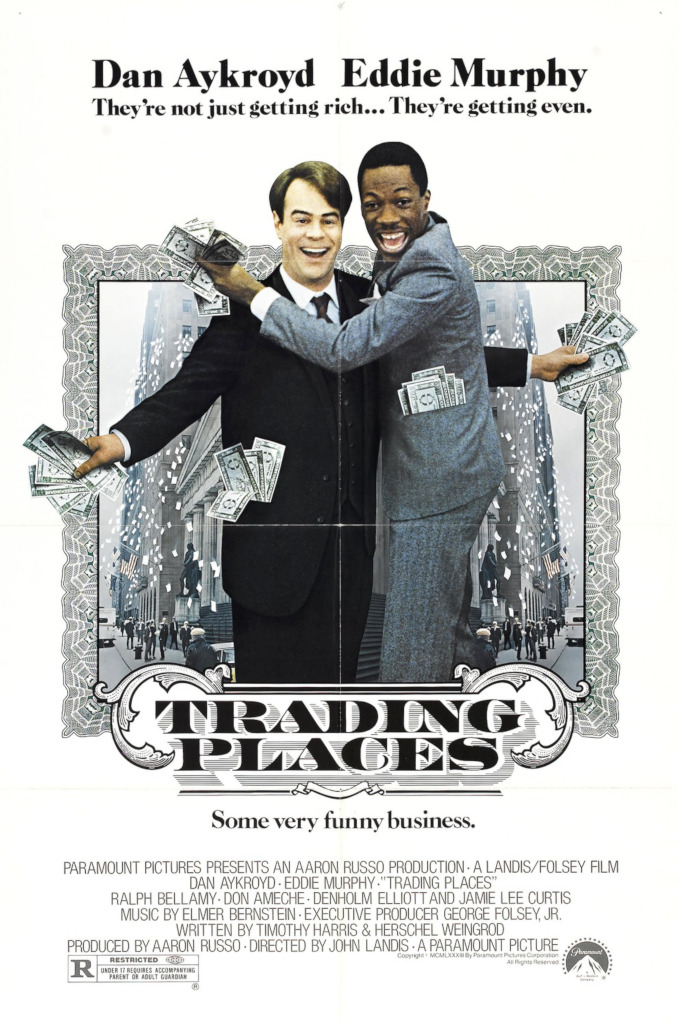
Brewster’s Millions (1985)
Richard Pryor is trying to spend $30 million in 30 days in order to make $300 million. It’s a comedy, so it turns out spending this money is harder than you think.
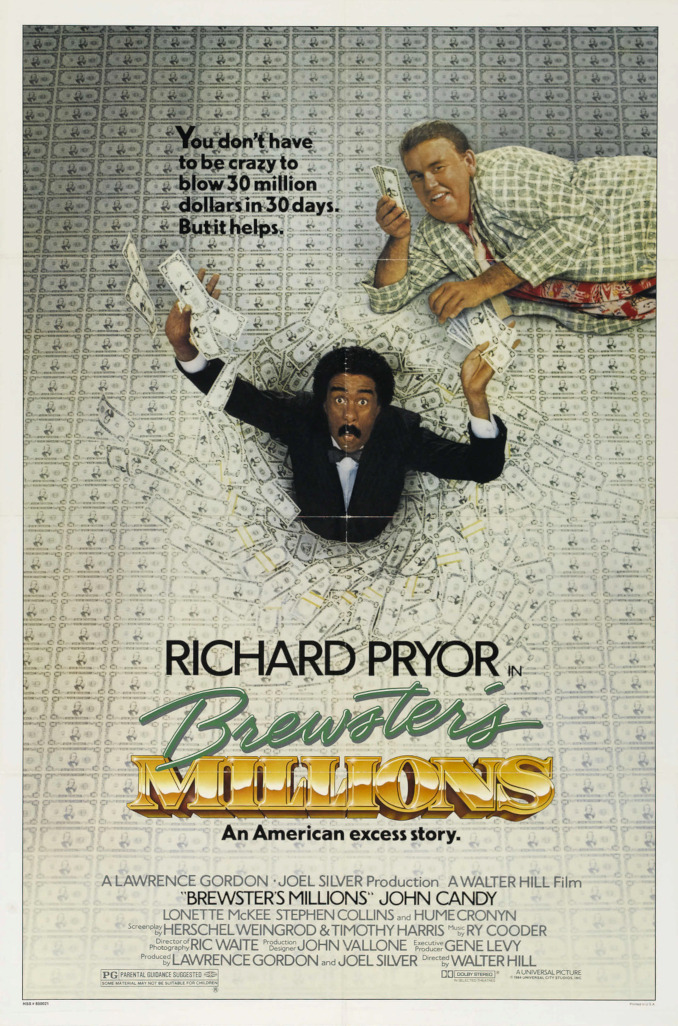
Wall Street (1987)
Michael Douglas in his iconic role as Gordon Gekko, a ruthless corporate raider who delivers his famous “greed is good” speech. Gekko takes under his wing a young stockbroker (Charlie Sheen), introducing him to insider trading and the price of success. One of the most celebrated movies about the power of finance.

Rogue Trader (1999)
The story of one of the most shocking episodes in the history of finance and by now a classic example taught at any finance course, it’s a tale of a trader from Barings Bank’s branch in Singapore who single-handedly brought down a venerated British bank through his unsupervised trades in options and futures, losing $50 million in one day. Barings, the world’s second oldest bank, lost $1.3 billion.
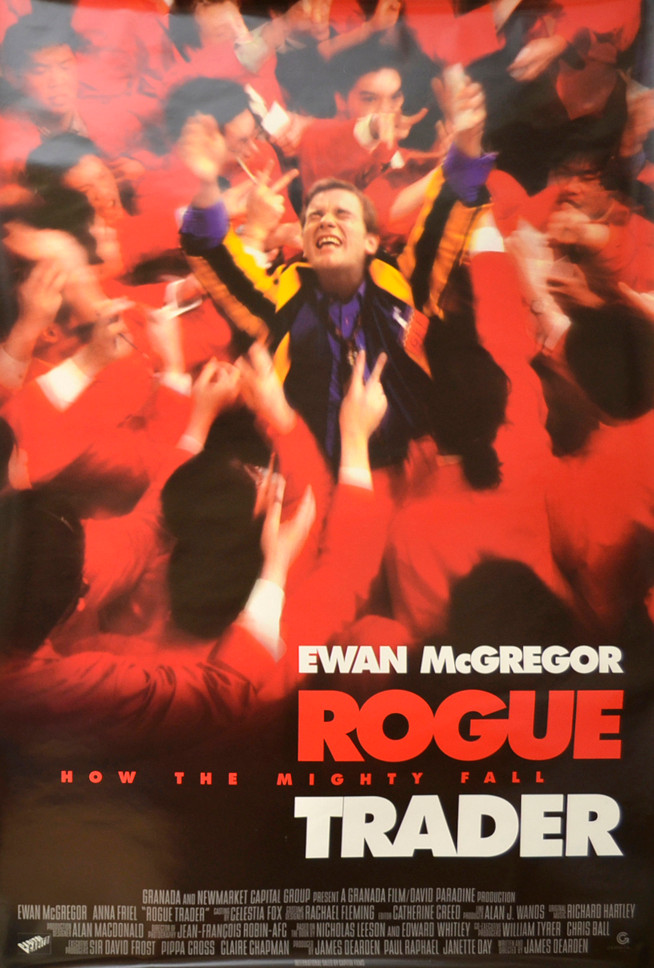
Margin Call (2011)
While the official description could not be duller (“the story follows key people at an investment bank, over a 24-hour period, during the early stages of the 2008 financial crisis”), it actually offers fascinating insights into the Lehman Brothers collapse and the 2008 bank wipeout.
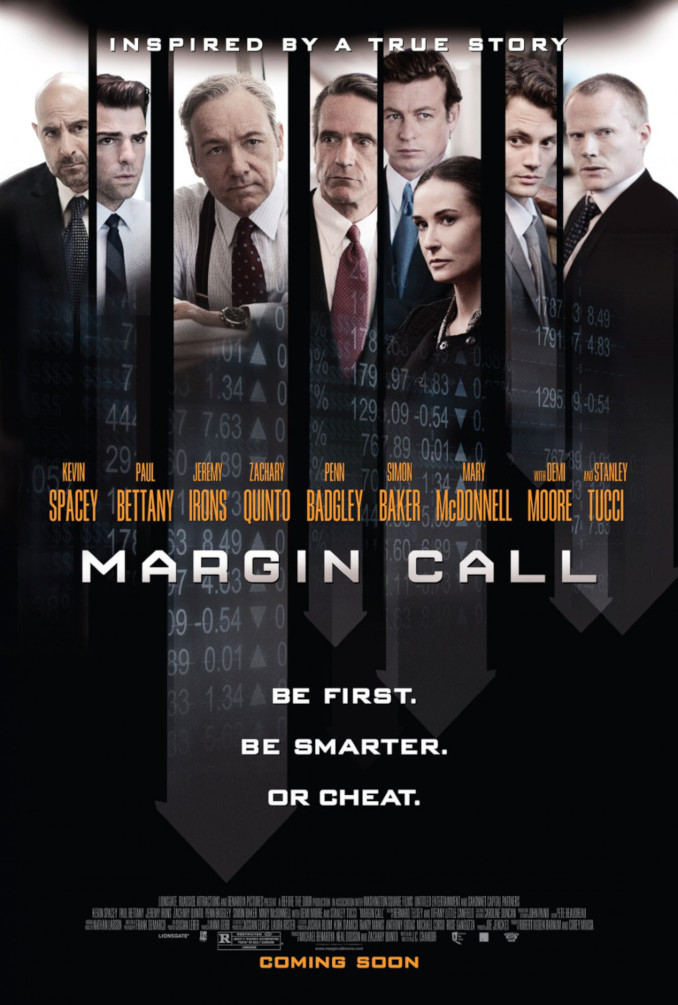
Too Big to Fail (2011)
https://www.youtube.com/watch?v=E7YSrmRe9zY
You could call Too Big to Fail a companion piece to Margin Call, since it is an HBO TV movie about the Lehman Brothers collapse in 2008. The movie is based on Andrew Ross Sorkin’s non-fiction book of the same title and stars William Hurt as Treasury Secretary Henry Paulson, whose task was to step in on behalf of the government when the financial meltdown occurred.

Bitcoin Heist (2016)
A Vietnamese film about an Interpol agent who assembles a team of hackers to catch a thief by planning a cryptocurrency heist. While this is perhaps not the most ambitious cinematic effort, the idea of a heist of cryptocurrencies rather than physical paper money will surely be reprised in future film plots.
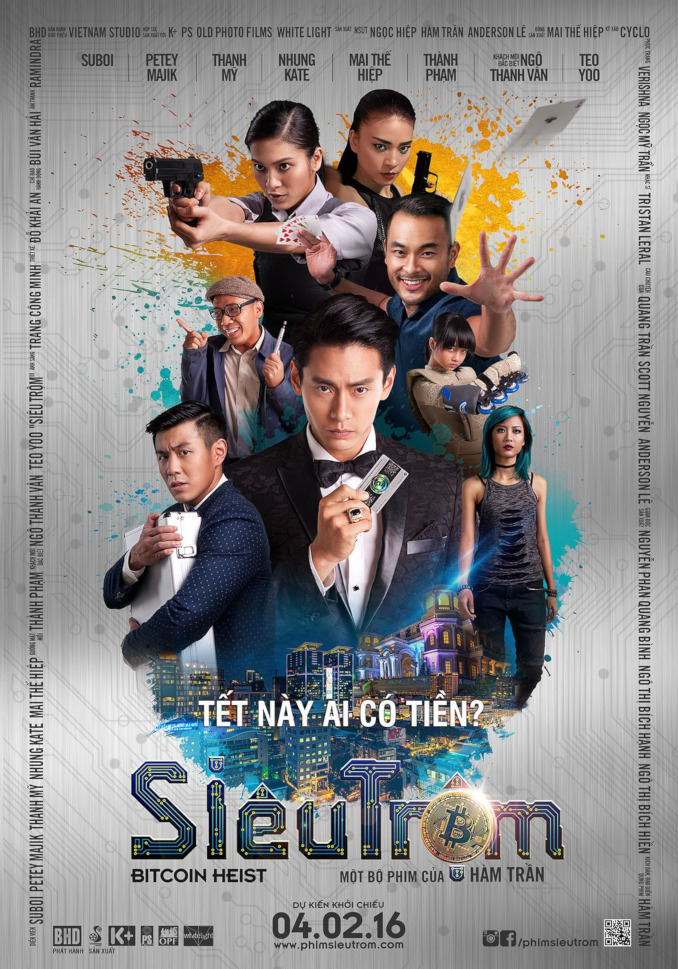
The Counterfeiters (2017)
To finance the war and undermine the Allies, toward the end of WWII the German state organized a massive counterfeit operation to print 130 million pounds sterling. The movie is based on a true story of Salomon Sorowitsch, a Jewish inmate of the concentration camp in Sachsenhausen who was forced to organize the false currency workshop. The prisoners have a choice of cooperating with their captors and surviving for a little, or trying to sabotage the effort and most likely perishing.
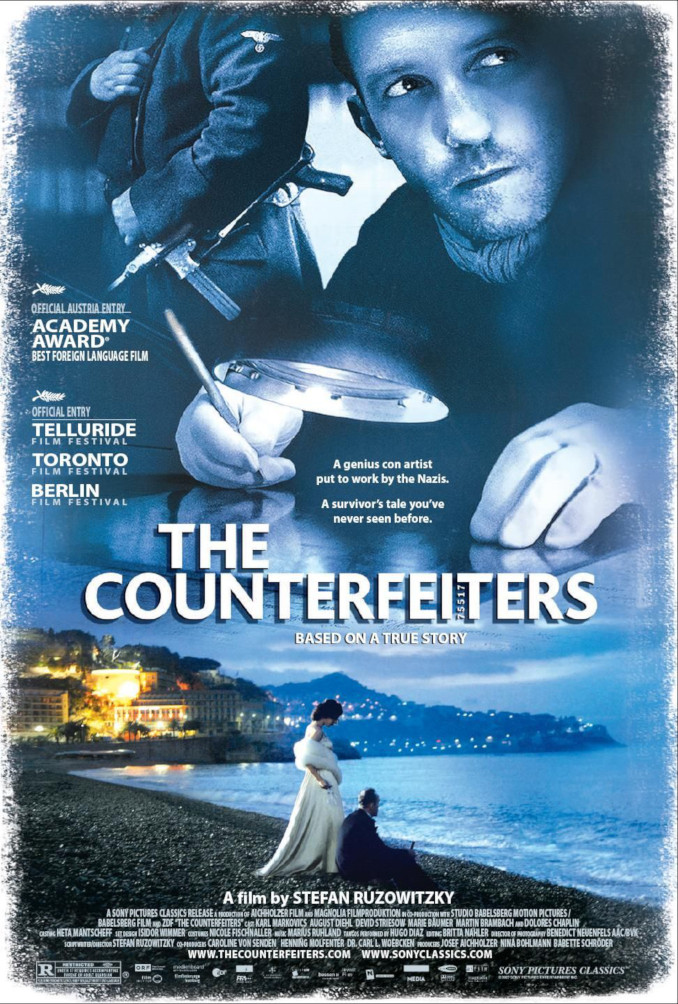
Crazy Rich Asians (2018)
A modern take on the Cinderella tale, Crazy Rich Asians is a story about a New York professor of economics (Constance Wu) who has been dating a handsome history professor Nick Young (Henry Golding). Once she meets his family, she discovers the world of (crazy) rich Asians—in this case, Chinese billionaires in Singapore. While this is a comedy and a fantasy romance, the wealth and influence wielded by the new super rich in Asia are quite real.

Documentaries
Inside Job (2010)
Interviews with bankers, political figures, insiders, analysts, and journalists who provide an in-depth analysis of the 2008 financial meltdown.

Dark History of the Exchange Stabilization Fund (2011)
This is the first of a five-part video series on the history of the Exchange Stabilization Fund by Eric deCarbonnel of Market Skeptics.
The Exchange Stabilization Fund and The Gold Reserve Act (2011)
Chris Powell, Secretary and Treasurer of the Gold Anti-Trust Action Committee (GATA), and James Turk, Director of the GoldMoney Foundation and Founder of GoldMoney, discuss the Exchange Stabilization Fund in this video recorded in London.
Der Banker: Master of the Universe (2013)
A 2013 documentary where a German banker is chillingly straightforward when he shares his knowledge of modern banking’s power to prop or topple entire national economies.
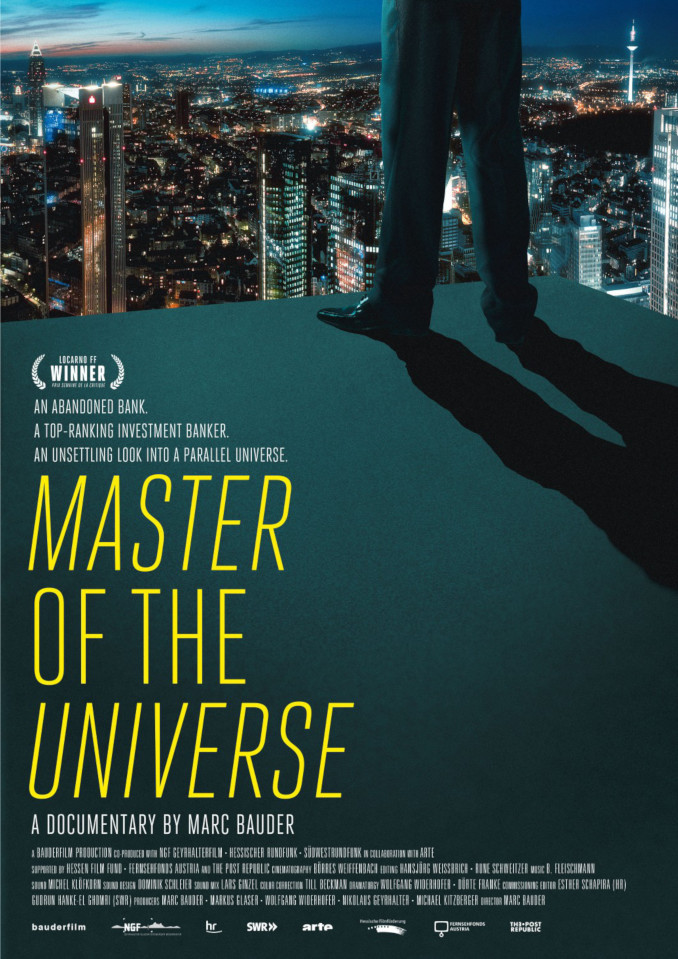
Princes of the Yen (2014)
Princes of the Yen bills itself as "a film about the power of central banks and the transformation of the economy." The film reveals how Japanese society was transformed to suit the agendas and desires of powerful interest groups, and how citizens were kept entirely in the dark. The film is based on a book by Professor Richard Werner, a visiting researcher at the Bank of Japan during the '90s crash when the stock market dropped by 80% and housing prices by up to 84%—an extraordinary period in recent Japanese history. Making extensive use of archival footage and TV appearances of Richard Werner from the time, the viewer is not only guided to a new understanding of what makes the world tick (how, why, and by whom) but discovers that what happened in Japan went on to repeat itself in Europe.
Life on Bitcoin (2014)
Young newlyweds in Utah embark on an experiment of paying for everything in bitcoin for one hundred days. Since the common argument against digital currency is that it cannot be used in everyday life, this is a social experiment, an argument for the future of bitcoin, and an audacious plan of everyday life. The couple have to convince local retailers to accept digital currency or travel far to find locations willing to accept the currency.
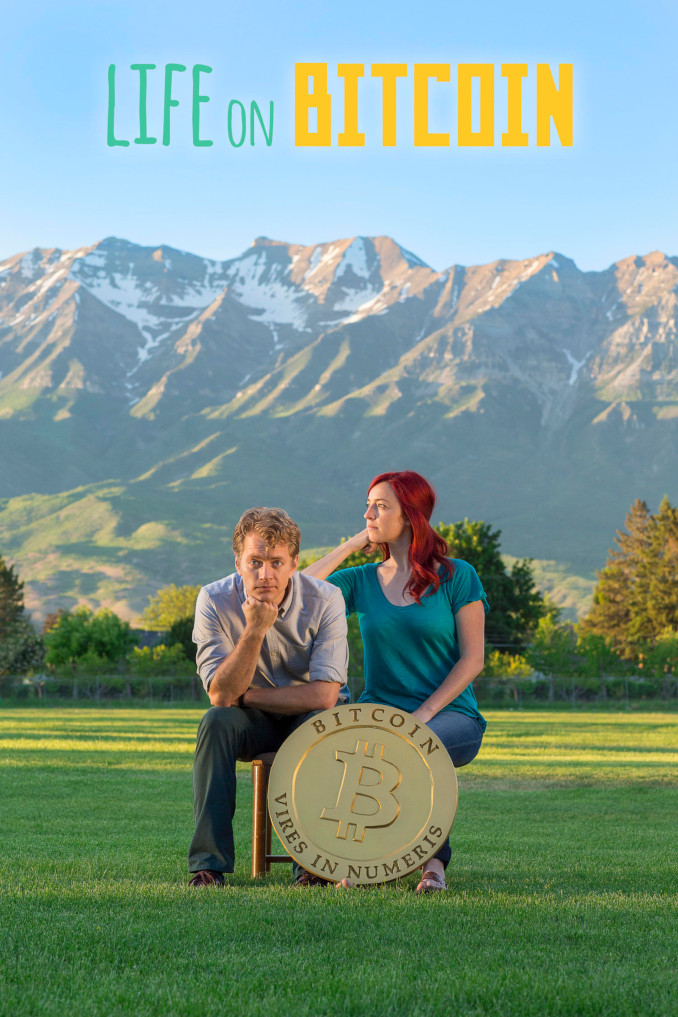
The Rise and Rise of Bitcoin (2014)
One of the more popular cryptocurrency documentaries thanks to being showcased at the Tribeca Festival in New York, it is a journey into the early history of Bitcoin through the central character of Dan, a millennial computer programmer from Pittsburgh who becomes fascinated with all things Bitcoin. The documentary features interviews with Gavin Andresen (the Bitcoin Foundation chief scientist), the Winklevoss twins (investors), and Mark Karpeles, an ex-CEO of the Tokyo company Mt. Gox. Another documentary, Bitcoin Big Bang, follows Karpeles’ own history—he was arrested after 850,000 bitcoins disappeared from Mt. Gox.
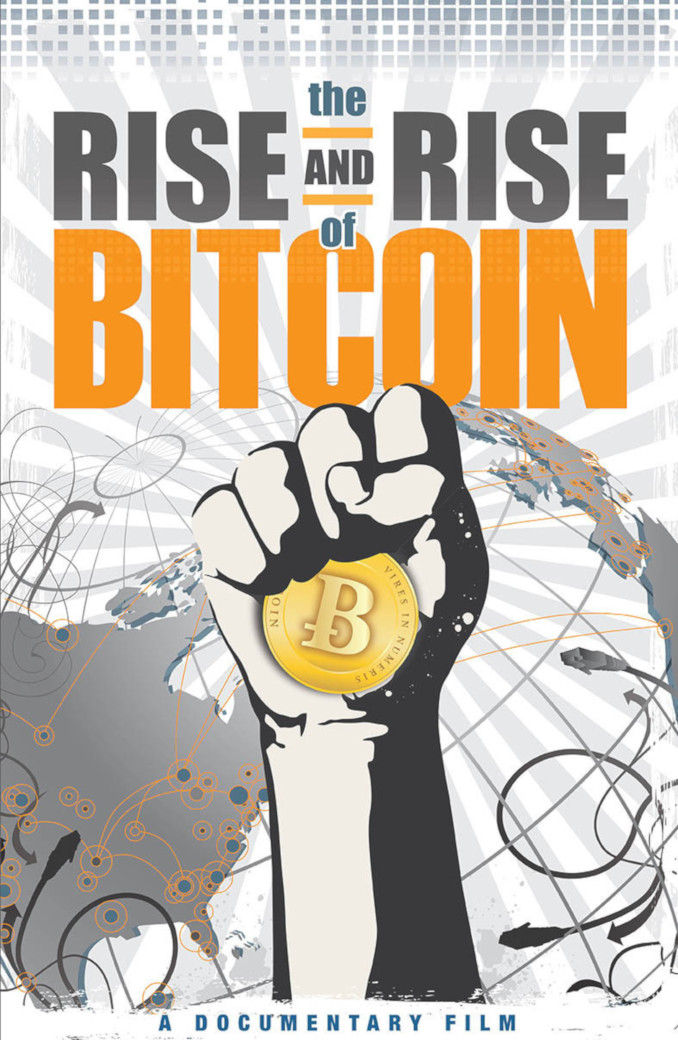
Bitcoin in Uganda (2014)
A short documentary by Argentinian filmmaker Sergio Ruestes about a Ugandan student who relies on his relatives in the U.S. for tuition payments. They resort to payments in Bitcoin since services like Western Union take time and charge high fees. The short was produced by BitcoinFilm.org, an organization that aims to tell stories about Bitcoin. The student’s public address to his bitcoin wallet is shared in the movie so that he can accept donations for his tuition.
Bitcoins in Argentina (2015)
This is a short documentary by the same filmmaking team that created Bitcoin in Uganda, telling a story of Argentinians turning to bitcoin as an alternative way to protect their wealth.
Demain (Tomorrow) (2015)
A French documentary that focuses on people who provide solutions to diminishing global resources and on actions undertaken by various corporations. The documentary mentions the WIR franc—a private, virtual currency used by Swiss banks. It’s a credit system established in 1934 for a group of private members that has greatly expanded since.
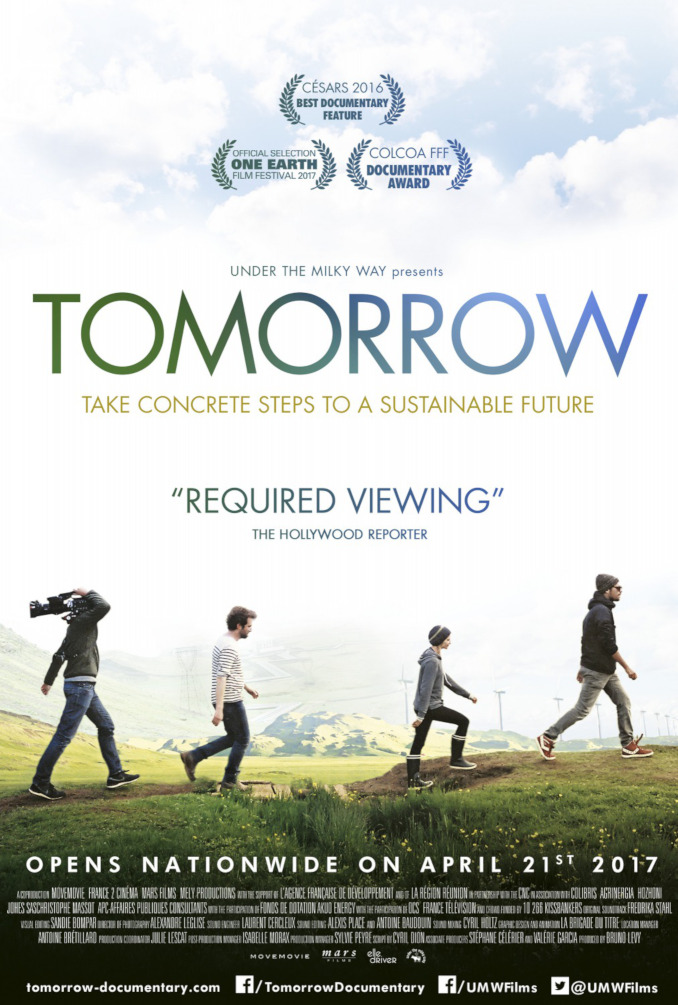
Bitcoin: The End of Money as We Know It (2015)
A crash course on money and cryptocurrencies. Co-director Torsten Hoffmann is a filmmaker to watch. He was an associate producer on People’s Republic of Desire (a documentary about China’s streaming phenomenon). His 2020 release, another documentary on cryptocurrencies, is called Cryptopia: Bitcoin, Blockchains and the Future of the Internet. The 2015 Bitcoin traces the history of money, government influence on money creation, and inflation—and examines technological innovations all the way to bitcoin. In Hoffmann’s words: “If you trust in your money just as it is—this film has news for you.”
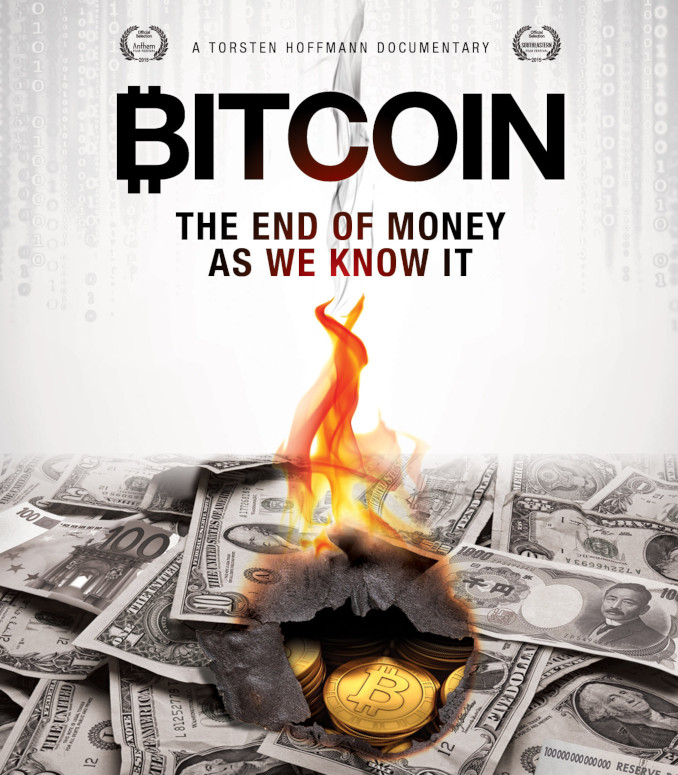
Banking on Bitcoin (2016)
A full-length documentary filmed during the debate in New York Courts for the approval of BitLicense. In an interview with Benjamin Larsky, former Superintendent for Financial Services of the Department of Financial Services in New York (DFS), Larsky explains the reasons for the construction and subsequent approval of BitLicense. He also talks about his controversial resignation to enter the consulting business and obtain the license just developed. The film also includes interviews with Bitcoin businessmen and developers such as Erik Voorhees, Gavin Andresen, Nick Spanos, Alex Winter, and the Winklevoss twins.
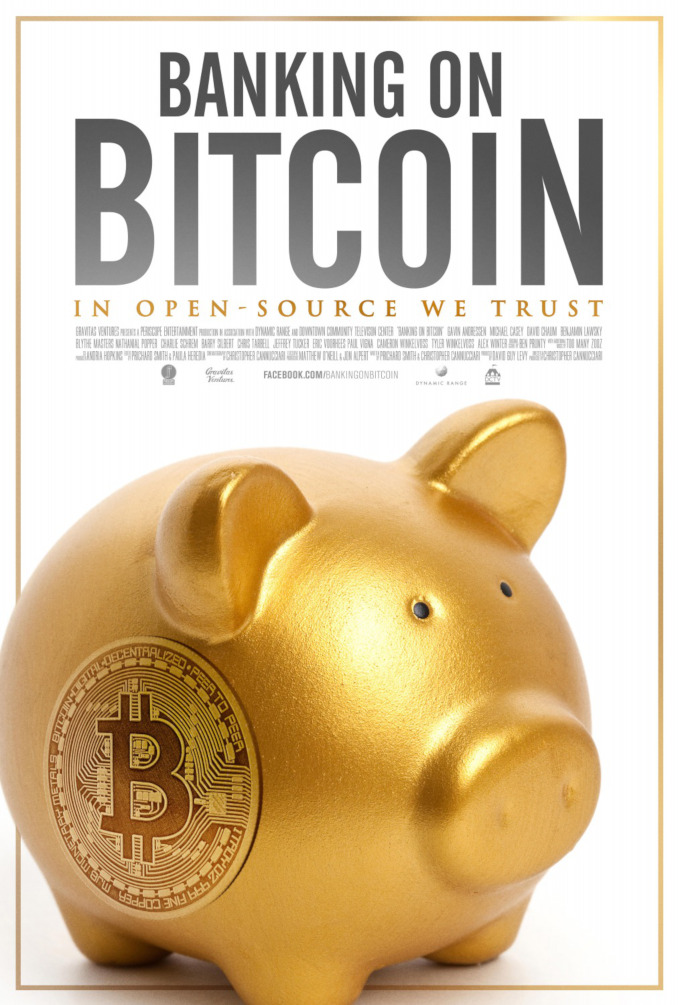
The Spider’s Web: Britain’s Second Empire (2017)
A documentary on the geopolitical and financial evolution of Britain.

TED Talks and Other Videos
Rachel Botsman: The currency of the new economy is trust (September 2012)
Rachel Botsman, a researcher and writer focused on social trust issues, talks about the new economy and the new currency governing services and transactions between strangers—this new currency is trust. The higher the rating of a TaskRabbit or an Air BnB host, the higher is the fee the service provider could charge. The future is heading toward a world where everyone’s online reputation will be gauged.
Simon Woolf: How local currencies give value for money (September 2013)
Woolf talks of the local economies being destroyed by big retailers draining communities of resources that customers are not spending in the community. The solution in Brixton is to use a local currency, the “Brixton pound,” that supports local businesses. The scheme has been in operation since 2008. They have now expanded to text payments.
Neha Narula: The future of money (October 2016)
Writer and cryptocurrency researcher Neha Nerula paints a picture of the future once cryptocurrencies have taken hold.
Rutger Bregman: Poverty isn’t a lack of character; it’s a lack of cash (June 2017)
Dutch historian Rutger Bregman cites research into scarcity mentality as an argument in favor of a universal basic income to alleviate bad social and ethical choices. This is not exactly coverage of the currency topic, but it is an interesting input into the discussion on income and cash.
Will Ruddick: Kenyan Community Currencies (November 2017)
Documentary about Stanford graduate and former Peace Corps teacher Will Ruddick, who initiated a local currency system for daily spending in the Mombasa slum of Bangladesh, Kenya, called the “Bangla-Pesa.”
France 24: Cashing on local French currencies (April 2018)
A news video from France 24 TV station (English-language edition) on local currencies used in communities throughout France.
Currencies in Sci-Fi and Fantasy Television Series and Movies
Various fantasy and sci-fi series and movies feature their own sometimes quite ingenious currencies. Here is a list in chronological order:
The Flintstones (1960-). Currency: CLAMS and SAND DOLLARS
The classic animated show used real clams and sand dollars as currency. The concept also appears later in the live-action movies: The Flintstones and The Flintstones in Viva Rock Vegas.
Star Trek (1966-). Currency: LATINUM
Different nations in the Star Trek universe use different currencies. The Federation doesn’t, but the Ferengi use latinum which is some liquid metal in gold bars.
Star Wars movies (1977-). Currency: Galactic Credit Standard (CREDITS) and STACKS
In Phantom Menace, it turns out that the Republic’s “credits” cannot be used on Tatooine. In The Force Awakens, the currency is “stacks.”
Battlestar Galactica TV shows (1978-). Currency: CUBITS
Cubits were the original coins in the 1970s TV series. Cubits are also featured in the later remake and prequel, but there is also bartering, and cubits are mostly used in gambling.
Spaceballs (1987). Currency: SPACEBUCKS
This spoof of Star Wars features Lone Starr, a Han Solo-style hero, who wants to save the princess and to be paid a big reward in spacebucks.
The Simpsons (1989-). Currency: TRILLION-DOLLAR BILL
This futuristic denomination is featured in one of the Simpsons episodes when Mr. Burns is given a trillion-dollar bill to help with post-WWI reconstruction in Europe.
Street Fighter (1994). Currency: BISON DOLLARS
An action comedy with Jean Claude van Damme that takes place in the country of Shadaloo, run by General Bison.
Harry Potter movies (2001-). Currency: GALLEONS (gold), SICKLES (silver), KNUTS (bronze) coins
When Harry visits the Gringotts Bank, managed by goblins, he discovers that his parents left him a fortune in galleons and other coins—the wizard currency. In the last movie of the series, Harry and his friends are almost buried by the coins in the vault.
The Chronicles of Riddick (2004). Currency: UNIVERSAL DENOMINATION
The bounty on the head of Riddick is listed in a bond note called Universal Denomination.
In Time (2011). Currency: TIME
The currency in this movie is time. In this dystopia, people have a carefree life until they are 25. Then, they are given just one year more to live, but if they have earned some “time credits,” stored on their wristwatch, they can extend their life. Justin Timberlake stars as a man whose unexpected windfall of time allows him to change his status in the society.
Game of Thrones (2011-). Currency: DRAGONS (gold), STAGS (silver), PENNIES (copper) coins
Westeros uses a currency based on gold; there are also some other currencies used. One hundred Dragons could buy a dozen barrels of Dornish wine. A loaf of bread costs three Pennies. The Iron Throne owes six million Gold Dragons to the Iron Bank of Bravos.
John Wick movies (2014-). Currency: GOLD COINS
The world of professional assassins operates with many rules as to the use of the “safe house” hotel and the gold coins accepted as currency there.
Voltron (2016). Currency: GAC
GAC are minted coins used in this kid’s animated TV show. Six heroes team up to fight an intergalactic tyrannical empire called the Galra. They all have a psychic link with a robot who looks like a lion.
Black Mirror (2011-). Currency: CREDITS and MERITS
In this cult sci-fi TV show about the dark side of technology, there are mentions of currencies used in the parallel universe of Black Mirror.
